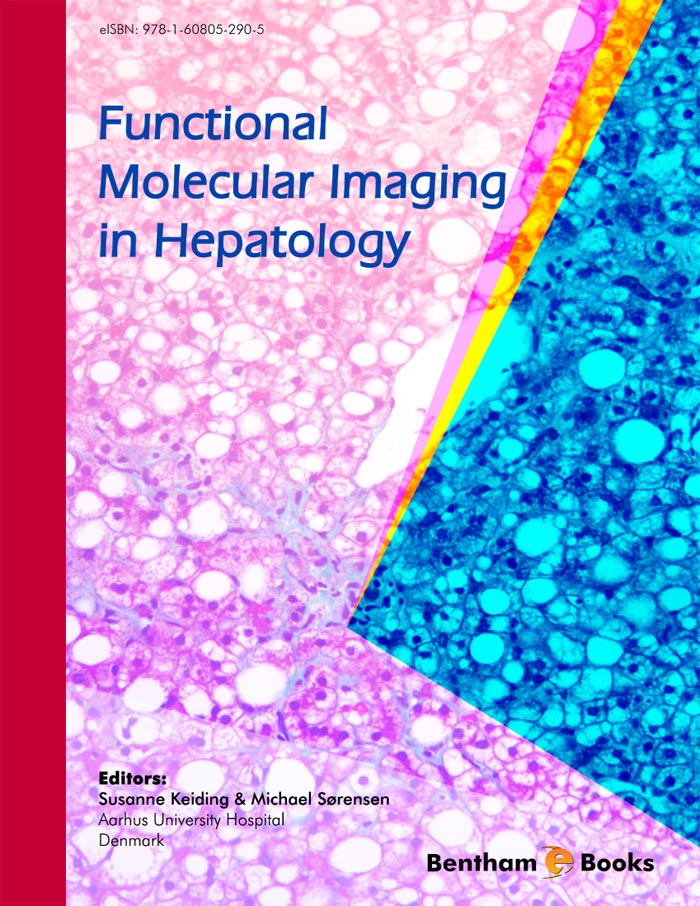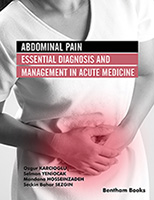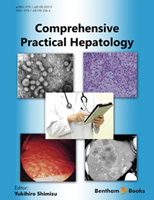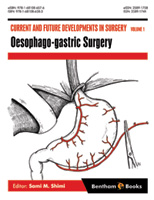Preface
When we initiated this eBook, it was because we felt that a collected overview of the scientific and clinical use and possibilities of functional molecular imaging in hepatology was needed. To make the eBook as comprehensive as possible, we invited internationally renowned experts to make contributions. We are aware that a comprehensive textbook will never be fully up-dated at the time of publication, especially not within a field that is so rapidly evolving. We are therefore grateful that the authors and Bentham Science Publishers have made it possible to publish the eBook within 2 years of its initiation.
The functional aspects of the special arrangement with a dual blood supply to the liver and the microvascular architecture with highly permeable liver sinusoids are discussed in Chapters 1-3. These aspects are important to consider when employing functional molecular imaging in studies of hepatic blood perfusion and metabolism. For example, compartmental models are widely used for analysis of dynamic PET data and have been proven useful in many contexts, but as they are unable to deal with physiological effects of blood flow through the sinusoids, they should not be applied uncritically. The next Chapters of the eBook (Chapters 4-7) focus on how functional molecular imaging is and can be utilized to measure specific metabolic pathways in vivo in liver tissue by external detection. For analysis of PET data, this requires a priori knowledge of the distribution of the tracer used and its biochemical fate, whereas metabonomic analysis is the study of metabolic responses to liver diseases. Quantification of hepatic metabolism of glucose and fatty acids as well as biliary secretion in vivo is promising for the understanding of functional changes in relation to parenchymal liver disease and other diseases that may affect hepatic metabolic function and the area is evolving rapidly.
The ability to image specific metabolic pathways is fully exploited in the clinical management of patients with liver tumours (Chapters 8-11). 18F-FDG is widely used as a PET tracer for glucose metabolism which is increased in cancer tissue. The clinical impact of 18F-FDG PET/CT in the management of patients with colorectal liver metastases has been verified in many studies. 18F-FDG PET/CT may also be useful as a screening tool for cholangiocarcinoma in patients with increased risk for this disease but seems to be of limited value for the diagnosis of hepatocellular carcinoma and neuroendocrine tumours. In these cancers, however, other tracers of specific metabolic pathways are promising.
Brain homeostasis is susceptible to impaired liver function. As discussed in Chapters 12-15, functional molecular imaging has also been used to unravel some of the pathogenetic mechanisms behind the changes in brain blood perfusion and energy metabolism, especially the effects of increased blood ammonia concentrations.
We wish to thank all authors for an outstanding and dedicated work. We would also like to thank Gertrud Jørgensen for her invaluable help with the set-up of the eBook.
Susanne Keiding
Michael Sørensen
PET Centre and Department of Hepatology
Aarhus University Hospital
Denmark
Home page: www.liver.dk





